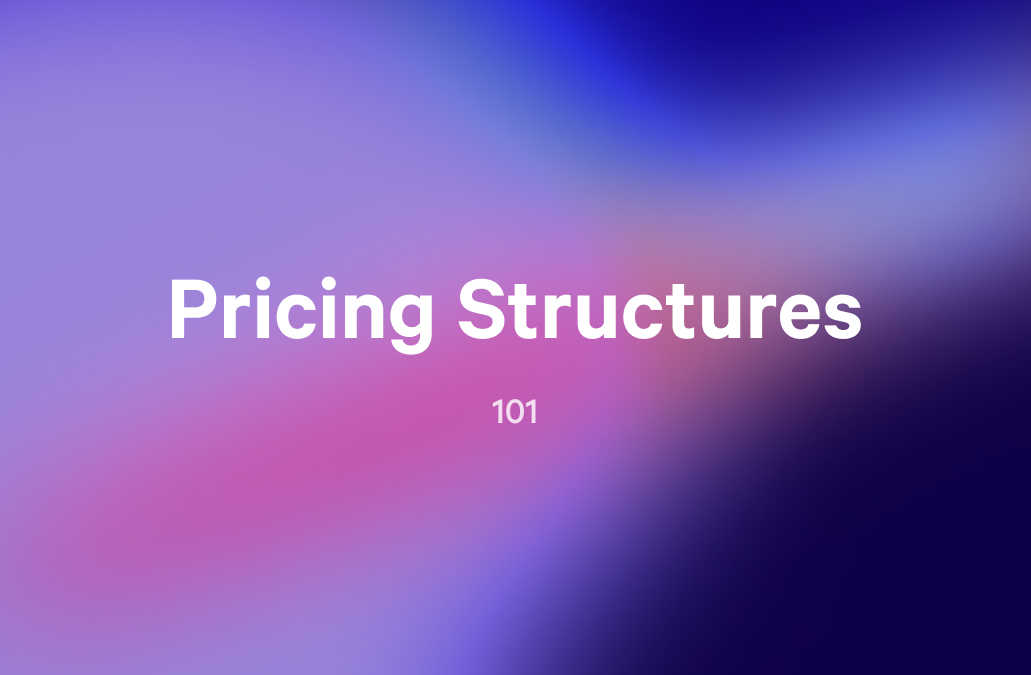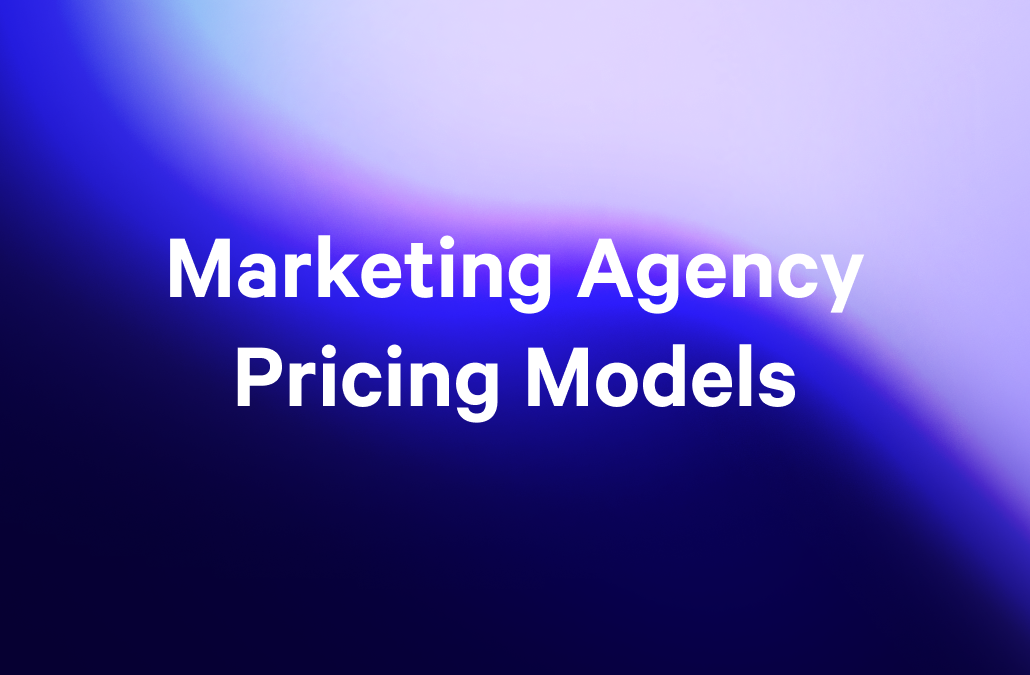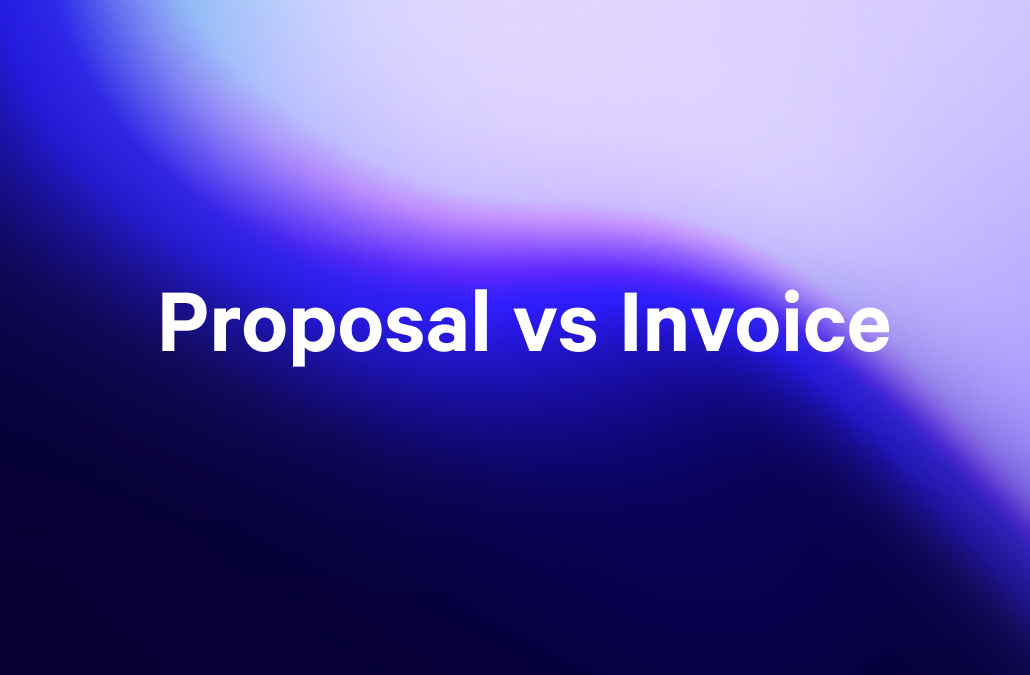Flat pricing looks clean on paper, but it rarely matches how people actually decide to buy
Most customers aren’t ready to pay full price on day one. They’re testing use cases, navigating internal approvals, or waiting for proof that the product will actually deliver.
When pricing skips over that hesitation, deals stall. Objections rise. And reps end up offering discounts just to keep conversations alive. Not because the product lacks value, but because the pricing doesn’t fit where the customer is in their journey
This pricing friction is more common than many realize. Almost half of software buyers consider price a top consideration when searching for software, according to Gartner’s Global Software Buying Trends report.
That tension between closing the deal and protecting long-term revenue is where ramp pricing comes in.
This guide breaks down what ramp pricing is, when to use it, how to structure it, and how to roll it out without breaking your sales processes or billing systems.
Key takeaways
- Ramp pricing helps close deals without defaulting to discounts by easing buyers into full pricing as value grows.
- There are three types of ramp structures—time-based, usage-based, and milestone-based—each suited to different sales motions and customer behaviors.
- Ramp pricing reduces early-stage friction and improves retention by aligning pricing with actual product adoption and usage milestones.
- Successful rollout requires internal coordination across sales, success, and finance, plus updates to your billing and CRM systems.
- Piloting ramp pricing with a small segment first helps validate the structure, surface objections, and fine-tune messaging before scaling.
What is ramp pricing?
Ramp pricing is a model where new customers start at a lower introductory price and gradually pay more over time as their usage, value, or adoption increases.
The pricing model builds flexibility into the deal structure from the start. Customers don’t have to commit to full pricing immediately. Instead, they scale their investment over time, which is especially helpful for phased product launches, companies with seasonal cash flow, or recently funded startups managing growth carefully.
Why ramp pricing works for SaaS companies
Ramp pricing reflects how customers adopt products and aligns pricing with actual business needs over the subscription term. Customers can increase spending as they see more value. This reduces friction in early sales processes and leads to better long-term retention.
And because software decisions take time, this approach becomes even more useful. Research shows that 82% of businesses take one to six months to evaluate software, giving pricing issues more time to block deals.

This shift toward flexible product pricing strategies is backed by data. According to Deloitte, 61% of SaaS companies have either implemented or are actively testing consumption-based pricing models.
Tech improvements now make it easier to track usage, bill dynamically, and tie pricing directly to outcomes. Customers appreciate paying for what they use, especially when it means avoiding hefty upfront commitments.
Types of ramp pricing plans
There are three core types.
Time-based ramps, like HubSpot’s offer for startups, involve pricing increases on a fixed ramp pricing schedule, like after year one.

The offer works well for early-stage companies with limited budgets who need time to grow into the full product.
Then, you have usage-based ramps, like Snowflake’s pricing model, where price scales with usage—more users, API calls, storage, etc.

Since data workloads increase over time, ramp pricing aligns costs with real usage while incentivizing early commitment to a long-term contract based on business needs.
Finally, milestone-based ramps tie pricing increases to specific customer achievements like completing onboarding, hitting usage thresholds, or launching a new integration.
These are most common in custom enterprise SaaS sales, where each account has unique implementation timelines, stakeholder buy-in processes, or compliance requirements.
For example, you might offer reduced pricing during a multi-phase rollout, with full pricing triggered only after the customer connects all business units or reaches defined usage benchmarks.
Crucially, ramp pricing isn’t just a disguised discount or a price war tactic. Done right, it protects long-term revenue while improving deal velocity.
Common objections (and how to counter them)
While a ramp pricing strategy makes sense for growing businesses, you might face resistance from different corners of your organization. Finance teams worry about revenue recognition, sales reps wonder if it's too complex to explain, and leadership might question if you're devaluing your product.
Let's tackle these common objections head-on with practical solutions that have worked for companies.
| Objection | Counter with |
|---|---|
"It complicates billing." | Modern SaaS billing platforms like Chargebee, Stripe, and Recurly now support progressive pricing structures with little effort. Most can automate the entire ramp process, from initial discounts to milestone-based increases. |
"It's hard for reps to pitch." | Explain it as matching price to value, not just giving a discount. Provide reps with simple visuals showing how the customer's ROI increases alongside the price. Break it into three simple phases. Start at X while they implement. Move to Y when they begin seeing results. Go to full price once they’re hitting key goals. |
"We'll never make up the revenue." | For SaaS businesses with an Average Revenue Per Account (ARPA) over $500/month, approximately 39.2% of new revenue comes from expansion, showing how important it is to grow revenue through upsells and add-ons. The revenue chart might start lower but starts smaller but grows more over time as customers stick around. |
"Our product is premium." | Premium products prove their worth by delivering results. Ramp pricing shows you trust customers to see the value once they get results. |
Handled well, these objections become proof points that ramp pricing is modern, scalable, and win-win.
When to use ramp pricing
Ramp pricing isn’t a universal solution, and trying to force it where it doesn’t belong can backfire.
Bernado Castro, founder of email signature software Bybrand, shared his experience:
"We found that our users regularly assessed product value against the current price rather than the initial discounted rates, which leads to increased churn when price increases are triggered. We now use straightforward usage-based pricing.”

If users can quickly see the product's value by using it, they may feel penalized when prices go up but don’t see more value in return.
Ramp pricing tends to work best in the following scenarios:
- Mid-market teams with long onboarding cycles: It gives them time to see value before paying full price.
- High-touch onboarding or complex integrations: Pricing ramps as implementation progresses and ROI becomes visible.
- Expansion-focused GTM motions: Starts small and grows alongside account usage and internal adoption.
- New markets or products in beta: Eases adoption friction while allowing pricing to catch up with maturity.
The pricing model works when it reflects how—and when—value is truly delivered. In each case, ramp pricing acts like training wheels—letting customers see results before they pay full price
How to roll out ramp pricing
Rolling out ramp pricing affects how you sell, how you bill, and how you manage customers. That means updating systems, playbooks, and internal handoffs rather than just tweaking a price sheet. The steps below will help you roll it out in a way that’s structured, scalable, and easy to manage.
1. Anchor to a measurable goal
Define what you're trying to achieve. Are you trying to reduce onboarding friction, increase conversion rates, improve retention, or support upsell paths?
Your goal determines how long the ramp lasts, what events cause pricing to increase (like usage milestones or time-based steps), and what proof points you'll use to show the customer they’re getting value at each stage.
For example, if your goal is to reduce onboarding friction, your ramp might last three months, with the first price increase triggered after the customer completes setup and runs their first live workflow. You’d show value by highlighting time saved or early results from that workflow.
2. Choose the right ramp structure
Decide whether a time-based, usage-based, or milestone-based pricing model best reflects how your product delivers value across the customer journey.
- Time-based ramps are great for boosting sign-ups and making the sales process smoother. They’re easy to explain and work well when your product delivers value steadily over time.
- Usage-based ramps fit when your goal is to grow revenue as customers use more. They help prove ROI before asking for higher spend.
- Milestone-based ramps are best for reducing early churn. You raise prices only after clear wins so customers see value before paying more.
The right structure follows how your customer sees value over time.
3. Prepare your tech stack
Before launching ramp pricing, audit your billing infrastructure to ensure it can handle dynamic ramp pricing schedules.
Billing and accounting systems like Chargebee, Stripe, and Recurly now support progressive pricing structures with minimal setup. Most can automate the entire ramp-priced plan process, from initial discounts to milestone-based increases.
Update Salesforce CPQ software rules, modify HubSpot deal stages, and ensure your CS platform (Gainsight, Vitally, etc.) alerts your team when it’s time to increase pricing. You’ll also need to update your sales and billing process from contracts to invoices to clearly show how pricing ramps over time.
4. Align sales, customer success, and finance
Ramp pricing touches every revenue-facing team.
Sales needs clear messaging and flexibility to tailor ramps based on deal context. Success teams must understand how pricing phases relate to onboarding milestones and customer health. Finance needs visibility into how deferred revenue and forecasting will shift.
Run cross-functional workshops to set expectations, build shared language around value delivery, and define handoffs. For example, if the ramp includes a price increase after a certain period, Customer Success should confirm readiness before triggering the move to a higher-priced plan.
When these teams work in harmony, customers experience ramp pricing as a thoughtful journey rather than a series of disconnected price hikes.
5. Pilot before you scale
Rather than targeting different customer segments, start small with your ramp pricing rollout. Select a specific customer segment (ideally one with higher-than-average early churn or conversion resistance) and implement your ramp structure with just 15 to 20 new deals.
Track both quantitative metrics (conversion rates, time-to-close, initial contract value) and qualitative feedback (sales call recordings, objection patterns, customer sentiment). Pay special attention to what happens at price transition points—do customers express surprise or resistance?
The pilot phase isn't just about validating financial models; it's about refining your positioning and communication. Document exactly how reps explain the structure and which explanations resonate most with prospects.
After one to two quarters, compare pilot customers' behavior with your control group. Look for early indicators of improved retention and expansion before rolling out more broadly. A successful pilot gives you both the data and the internal case studies needed for wider adoption.
Once the pilot proves ROI, share the results with your team and prepare to standardize ramp pricing in your pricing playbook.
Present pricing that moves with your buyers
Most pricing strategies focus on what the seller wants. Ramp pricing starts with what the customer needs and builds from there.
It’s not a fit for every product or every team. But when you’re launching something new, selling into complex orgs, or fighting for long-term retention, it gives you room to move without giving everything away.
If ready to move beyond static pricing and build dynamic pricing into your sales proposals that match how buyers actually buy, Qwilr can help.
Sign up for a free trial to see how Qwilr supports flexible pricing models and turns them into polished, interactive proposals your buyers can say yes to.
About the author

Kiran Shahid|Content Marketing Strategist
Kiran is a content marketing strategist with over nine years of experience creating research-driven content for B2B SaaS companies like HubSpot, Sprout Social, and Zapier. Her expertise in SEO, in-depth research, and data analysis allow her to create thought leadership for topics like AI, sales, productivity, content marketing, and ecommerce. When not writing, you can find her trying new foods and booking her next travel adventure."
Frequently asked questions
Ramp fees are one-time or recurring charges applied during the initial adoption period of a SaaS product. Unlike ramp pricing (which gradually increases the subscription cost), ramp fees specifically cover implementation costs, onboarding support, or technical setup. They're designed to offset the higher customer acquisition costs associated with getting new users fully operational on your platform.
Several factors determine your optimal ramp pricing structure: your customer's time-to-value (how quickly they see results), implementation complexity, competitive landscape, cash flow requirements, and sales cycle stage length. What matters most is knowing when your customers actually start seeing results from your product. Your ramp should follow that timeline so pricing feels fair to the customer.
Ramp pricing means subscription costs go up gradually over time, following a set plan that matches how customers see more value. Ramp-up pricing, on the other hand, is a short-term discount that jumps to full price after a set period. The key difference is purpose: ramp pricing grows with the value customers get, while ramp-up pricing is mainly used to attract new sign-ups.





